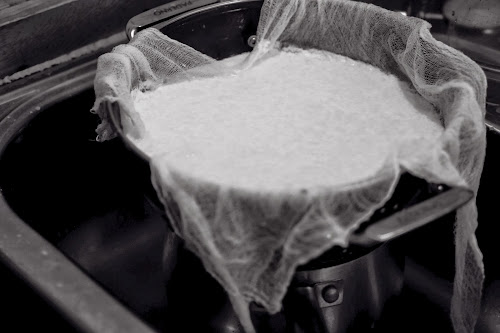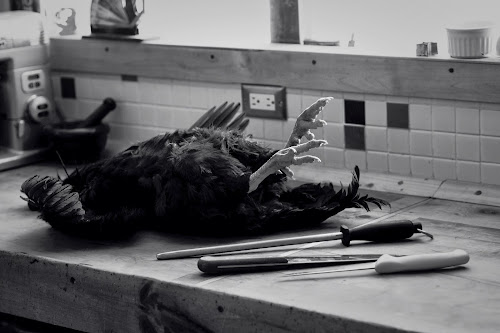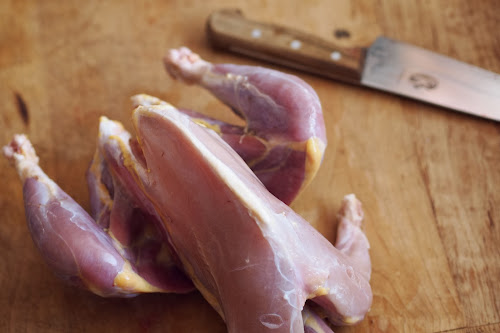In a few weeks I am going to be making poplar bud oil.
If you have poplar trees around your home you will recognize the sweet, woodsy smell of their buds opening in the spring.
This is one of my favourite scents.
The buds are picked in early spring before the leaves have started to come out. This is when the buds are rich with sticky medicinal resins.
Poplar buds contain salicin and populin.
These glycosides are similar to aspirin and are effective at reducing pain, inflammation, and fever.
The infused oil is used to treat chapped lips, dry cracked hands,
minor scrapes, and cuts.
It is great for deep massages and relief from arthritis.
If you have little ones in diapers you can use it to prevent or treat diaper rash.
The hardest part of this project will be retrieving the poplar buds!
We have many poplar trees, but most of them are very tall.
The best time to hunt for buds is after a wind storm.
Look for fallen branches on the ground.







